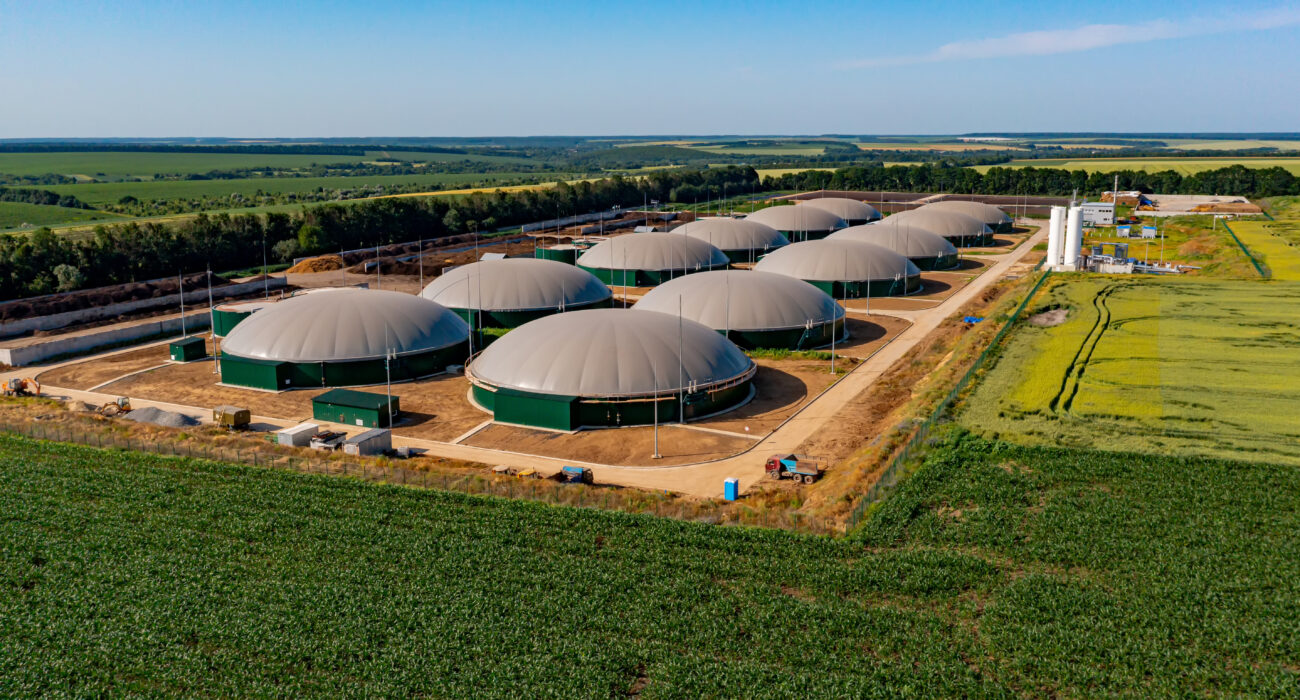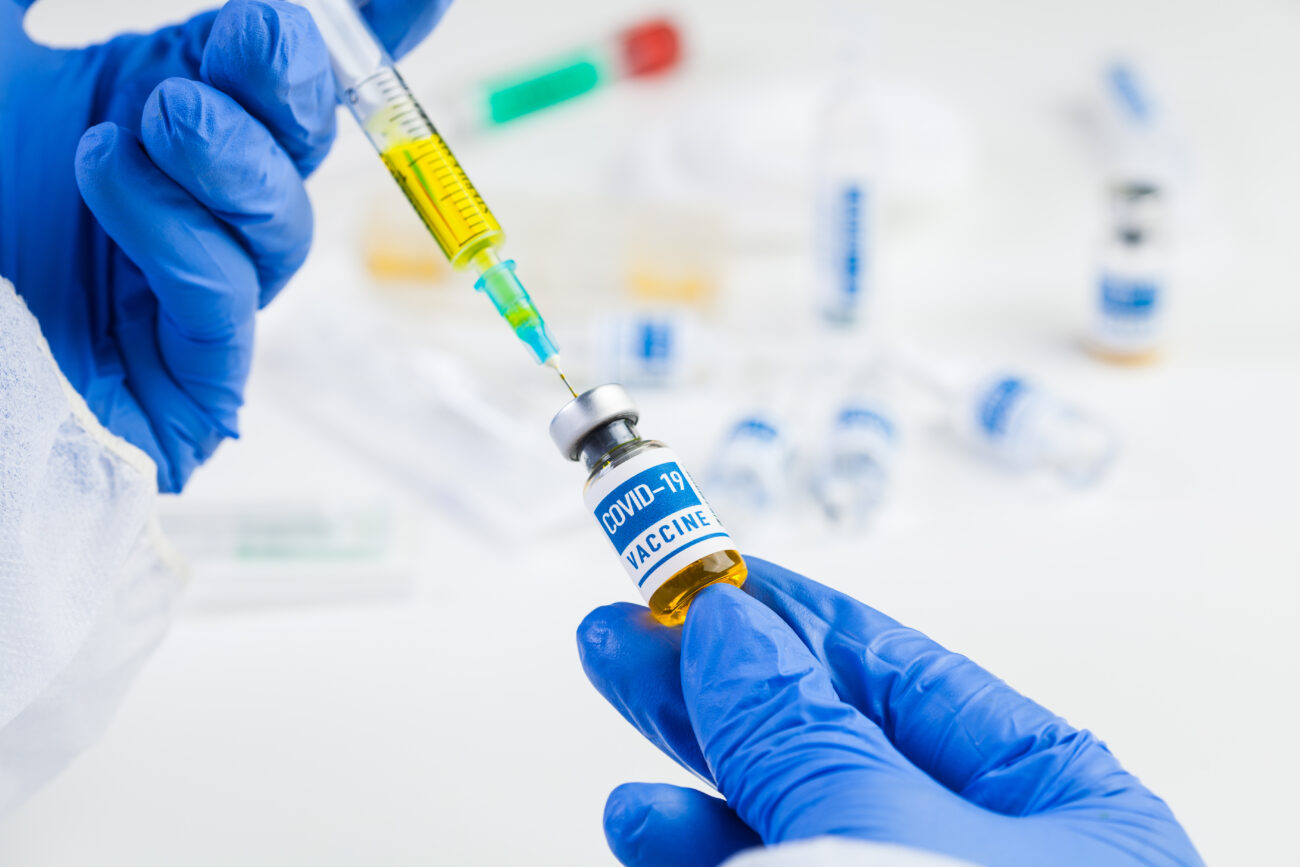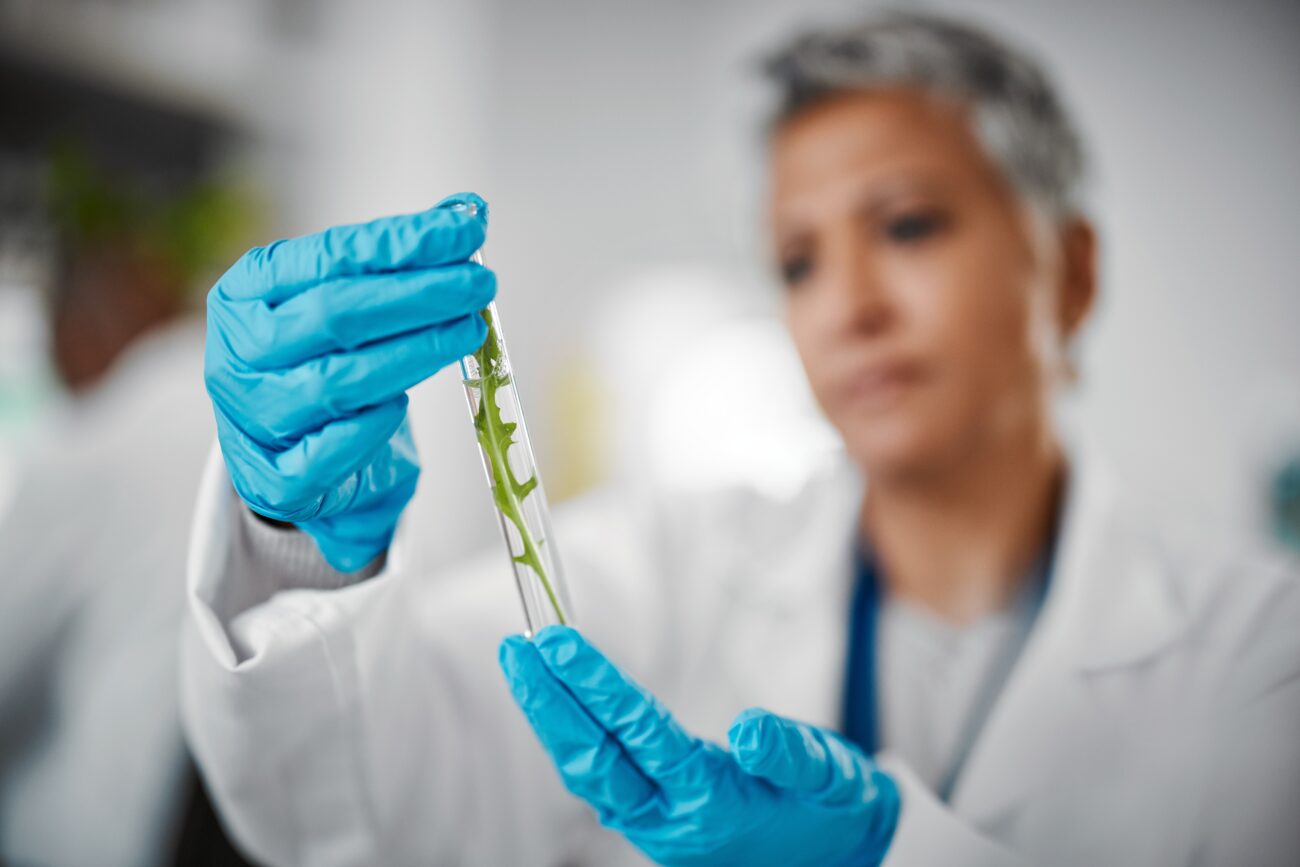Single-Use Technologies in Biomanufacturing: Scaling with Sustainability
As the biopharmaceutical industry evolves to meet increasing global demand for biologics, vaccines, and cell and gene therapies, it faces a dual imperative: scalability and sustainability. Single-use technologies (SUTs)—disposable bioprocessing components made primarily from polymers—have

As the biopharmaceutical industry evolves to meet increasing global demand for biologics, vaccines, and cell and gene therapies, it faces a dual imperative: scalability and sustainability. Single-use technologies (SUTs)—disposable bioprocessing components made primarily from polymers—have rapidly gained traction as a solution that meets both needs. Once considered niche, SUTs now represent a paradigm shift in biomanufacturing, enabling agile production models while also addressing key sustainability goals.
The Rise of Single-Use Systems
Traditionally, biomanufacturing relied on stainless steel equipment that required rigorous cleaning, sterilization, and validation between batches. This model, while effective, is resource-intensive and inflexible. Single-use systems—such as bioreactors, filters, bags, and connectors—are designed for one-time use, eliminating the need for cleaning and sterilization. This approach not only reduces turnaround time and operational complexity but also enables more modular, mobile, and smaller-scale facilities, which are especially beneficial in decentralized or contract manufacturing settings.
Scaling with Agility
One of the standout features of SUTs is their scalability. Whether producing clinical-scale batches or transitioning to commercial-scale manufacturing, single-use systems offer a plug-and-play capability that accelerates development timelines. This is particularly advantageous for biologics and advanced therapies, which often require fast, flexible responses to market demands.
Moreover, single-use bioreactors and modular cleanrooms allow companies to expand production without building entirely new facilities. These systems reduce capital investment, shorten facility construction times, and increase the ability to meet dynamic demand—crucial factors in pandemic response scenarios or for personalized medicine.
Environmental Concerns and the Sustainability Paradox
While SUTs eliminate the energy and water demands of traditional cleaning processes, they generate significant plastic waste—raising legitimate concerns about environmental sustainability. Critics argue that replacing reusable stainless steel with disposable systems shifts the burden from water and energy consumption to solid waste management.
However, a nuanced lifecycle analysis paints a more balanced picture. Studies have shown that when considering the total environmental footprint—including energy, water, chemical use, and emissions—SUTs can outperform traditional systems. The reduction in utilities and carbon emissions associated with cleaning and sterilization often offsets the impact of plastic disposal, particularly when combined with energy recovery or recycling initiatives.
Innovations Driving Sustainable Single-Use Solutions
The industry is actively addressing the waste challenge through several innovations:
- Recyclable and Biodegradable Polymers: Research into advanced materials is enabling the development of recyclable or partially biodegradable single-use components.
- Closed-Loop Recycling Programs: Some manufacturers now offer take-back programs that collect used components for energy recovery or repurposing.
- Digital Optimization: Advanced data analytics and simulation tools help design processes that minimize waste generation and maximize resource efficiency.
These strategies are increasingly being integrated into broader ESG (Environmental, Social, Governance) initiatives within pharma companies, signaling a commitment to sustainability that goes beyond compliance.
Regulatory and Standardization Support
As SUT adoption grows, so does the need for robust regulatory frameworks and standardization. Agencies like the FDA and EMA have begun incorporating guidance on single-use components into broader biomanufacturing standards. Industry consortia, such as the BioPhorum Operations Group, are also working toward harmonizing quality and performance standards to support safe and consistent use across the globe.
The Future: Toward Circular Biomanufacturing
Looking ahead, the convergence of digital technologies, material science, and regulatory alignment is paving the way for a circular biomanufacturing model—where single-use components are designed with end-of-life recovery and reuse in mind. From 3D-printed biodegradable systems to AI-driven supply chain optimization, the next frontier in single-use technology lies in its seamless integration with sustainable innovation.
Single-use technologies have already revolutionized how biologics are developed and produced. The challenge now is not adoption, but evolution—ensuring that as these systems scale, they do so responsibly. With continued investment in eco-friendly materials, smarter design, and global collaboration, single-use systems can be the cornerstone of a biomanufacturing future that is both agile and sustainable.
By embracing single-use technologies with a focus on lifecycle efficiency and environmental impact, the biopharmaceutical industry can truly scale with sustainability.






